Farewell to a legend: Chile retires its EB-707 Cóndor after decades of service
Chile retires the EB-707 Cóndor after decades of AEW&C operations. Radar systems and key parts have already been dismantled.
The Chilean Air Force (FACh) has officially begun the retirement process of its EB-707 Cóndor, a key airborne early warning and control (AEW&C) platform that served for over three decades. Recent images show the removal of the aircraft’s main radar radome, side antennas, and other critical structural components, signaling the final phase in the operational life of this historic aircraft.
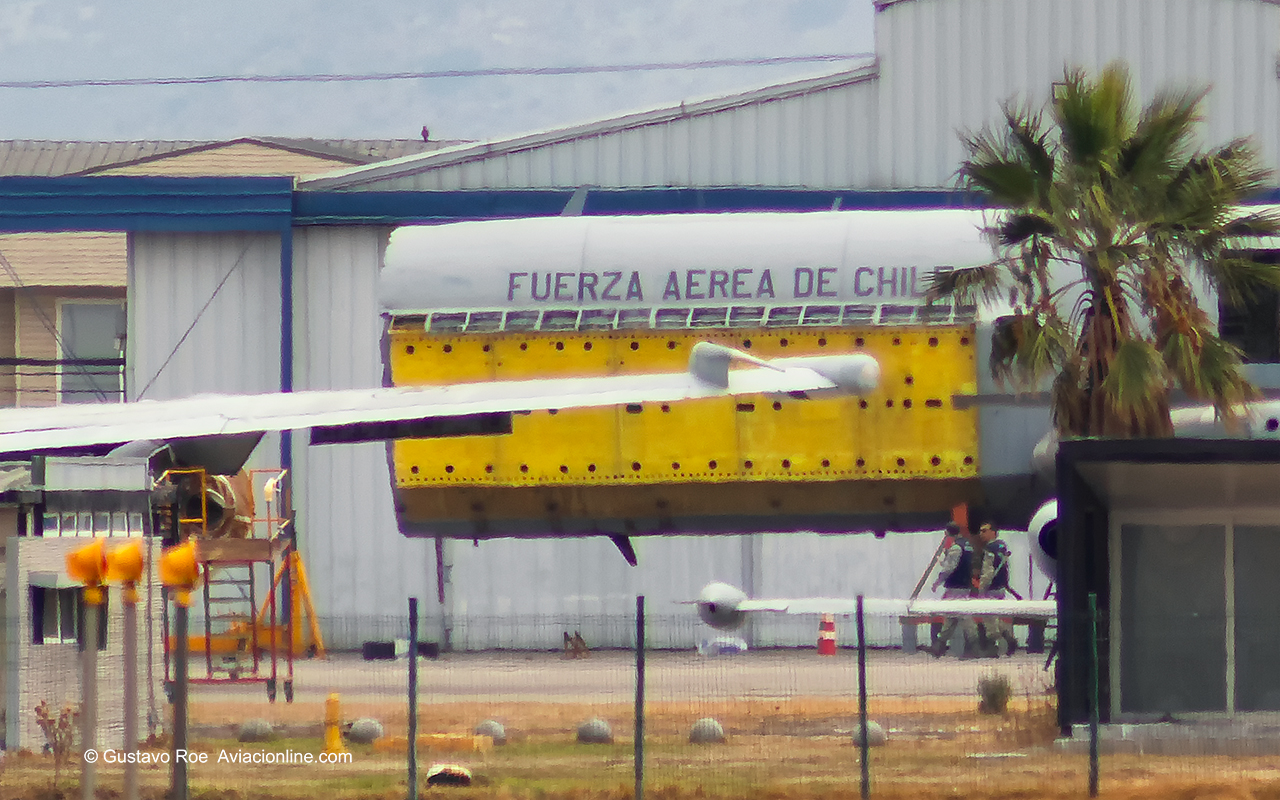
The Cóndor, a modified Boeing 707-385C formerly operated by LAN Chile, entered service with the FACh in the early 1990s to provide Chile with long-range airborne surveillance and command capabilities. The aircraft was adapted by Israel Aircraft Industries (IAI) and integrated the EL/M-2075 Phalcon radar, offering 360-degree coverage through a nose-mounted radome and side-looking arrays. It could track multiple airborne and maritime targets in real time.
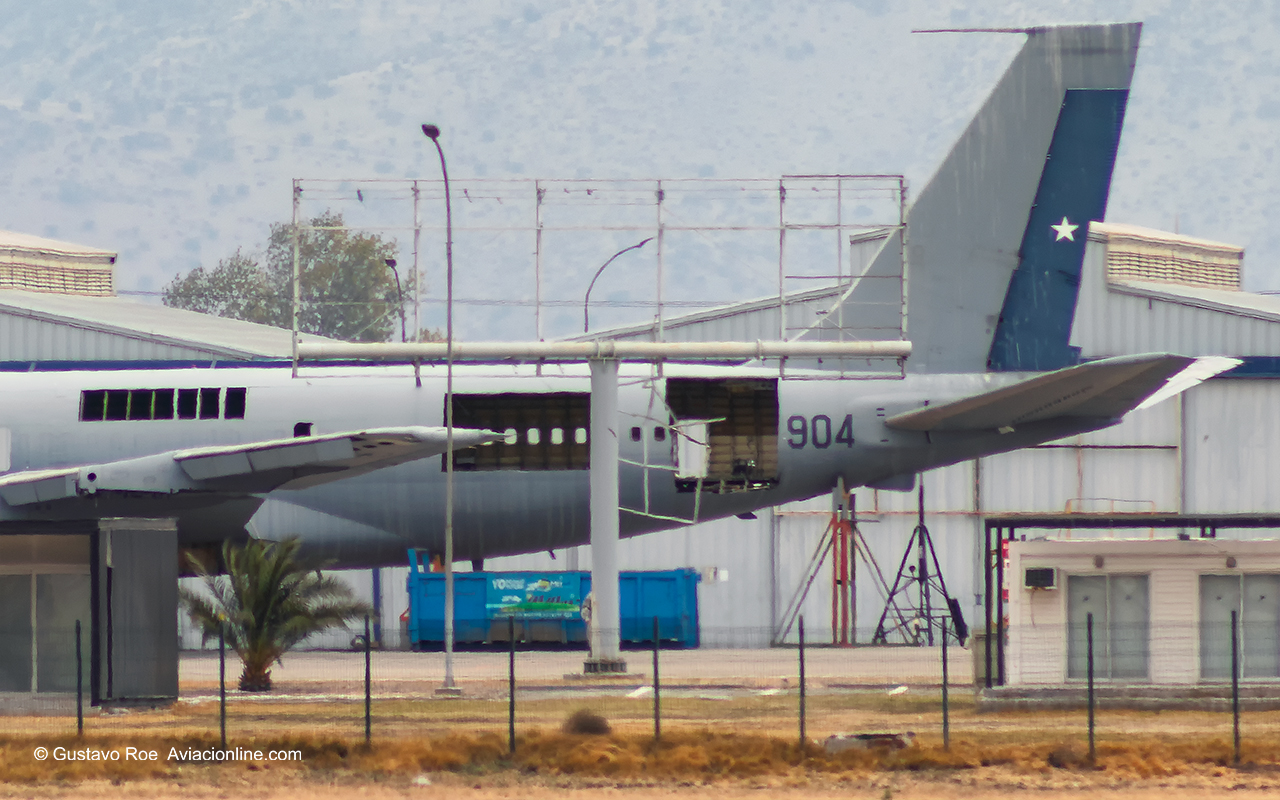
Throughout its service, the EB-707 participated in multiple domestic and international exercises and was considered a strategic asset within Chile’s air defense network. The aircraft, tail number 904, operated out of Pudahuel Air Base under Air Group No. 10, playing a key role in command and control missions and enhancing situational awareness for deployed forces.
For years, rumors circulated in military circles across South America about the Cóndor's advanced detection capabilities and its low electromagnetic signature. Some reports even suggested that a full-scale replica of the aircraft was used in Peruvian training exercises, and that each time the Cóndor took flight, a Chilean F-16 would discreetly escort it for added security.
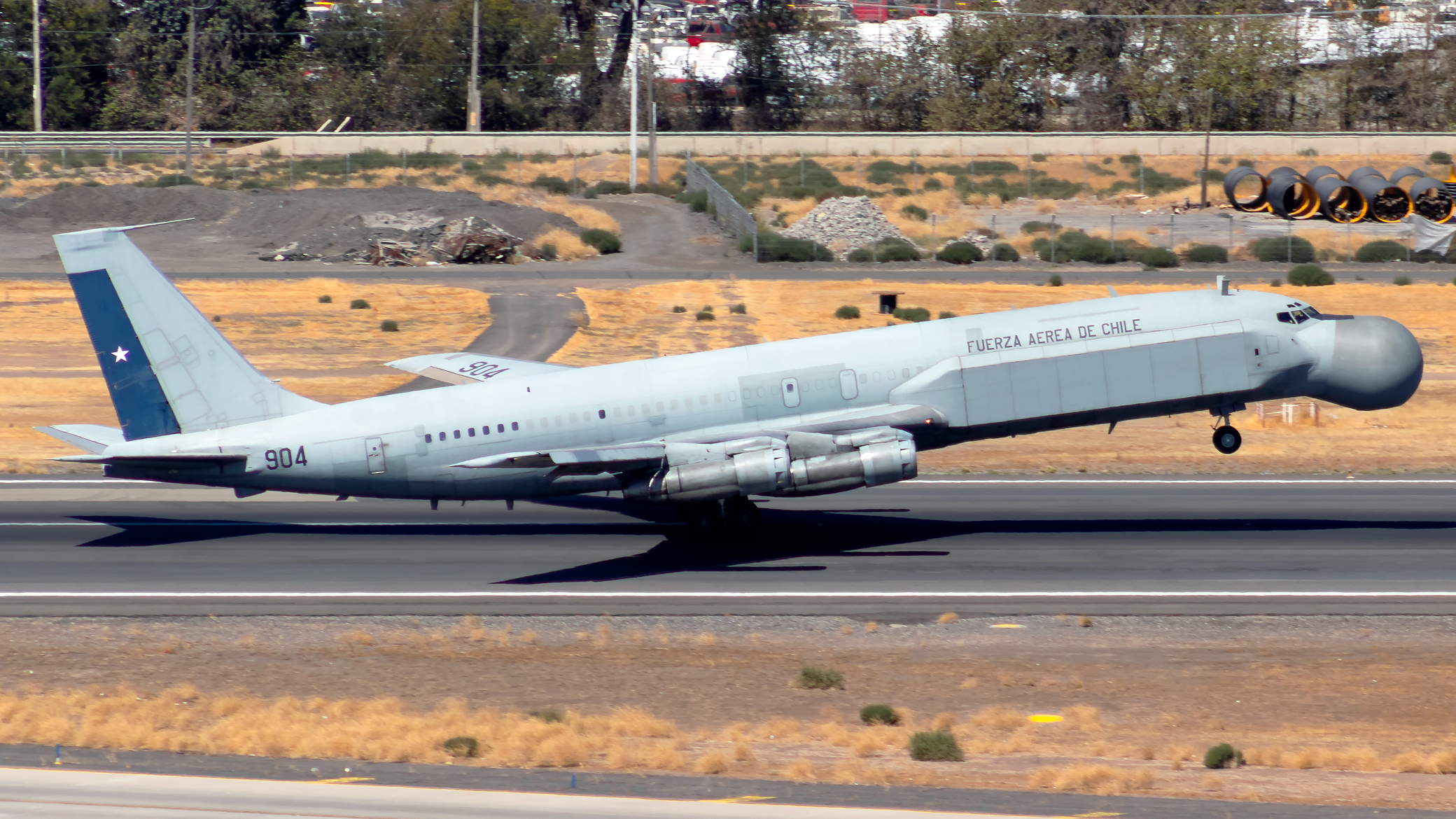
The aircraft's retirement had been anticipated due to system obsolescence, particularly in radar and avionics, along with the natural structural fatigue of an airframe originally built in 1965 and later modified for military use in the 1990s. Recent photographs confirm the removal of the nose radome and side arrays, along with other parts, marking the aircraft’s decommissioning.
This withdrawal leaves Chile with only one AEW&C platform in operation. However, the Boeing E-3D Sentry, acquired from the Royal Air Force (RAF) between 2021 and 2023, is set to fully assume the role. These aircraft offer greater capabilities and modern systems and have already been seen participating in international exercises such as Salitre 2022 and in recent Military Parades in Santiago.
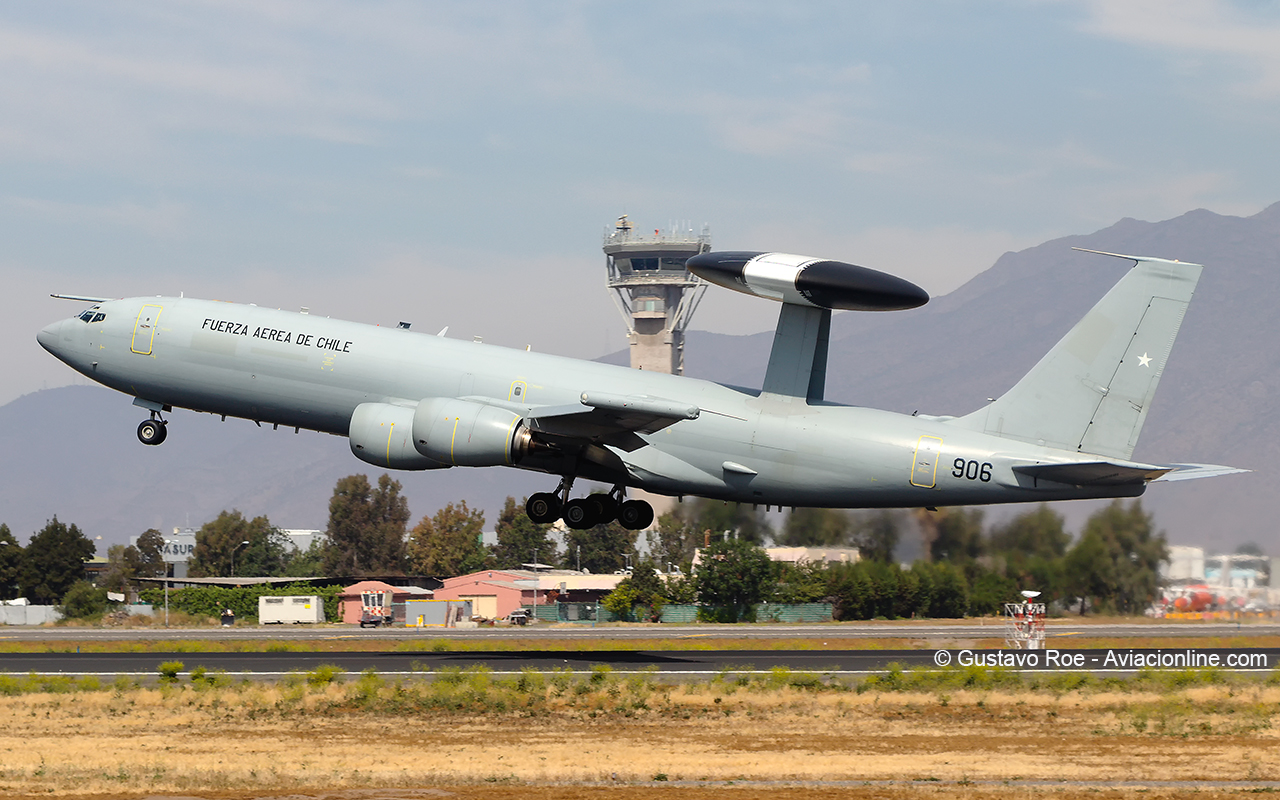
You might be interested
Technology comparison: Cóndor vs. Sentry
Despite its age, the EB-707 was equipped with an AESA radar (Active Electronically Scanned Array), which could direct its radar beam to specific areas, making it harder to detect. Its estimated range was about 400 km, but its directional focus provided tactical advantages for discrete surveillance missions.
In contrast, the E-3D Sentry uses a PESA radar (Passive Electronically Scanned Array) that emits a constant signal in all directions to monitor its surroundings. This system provides wider detection coverage—up to 650 km at medium and high altitudes—but also makes the aircraft easier to detect due to its continuous electromagnetic emissions.
The transition to the E-3D Sentry enables the Chilean Air Force to maintain its strategic airborne surveillance capabilities. Nevertheless, the Cóndor remains a landmark in Chilean aviation history. Its design, integration, and operation marked a regional milestone in military technology and joint coordination, ensuring a critical airspace defense capability for more than 30 years.

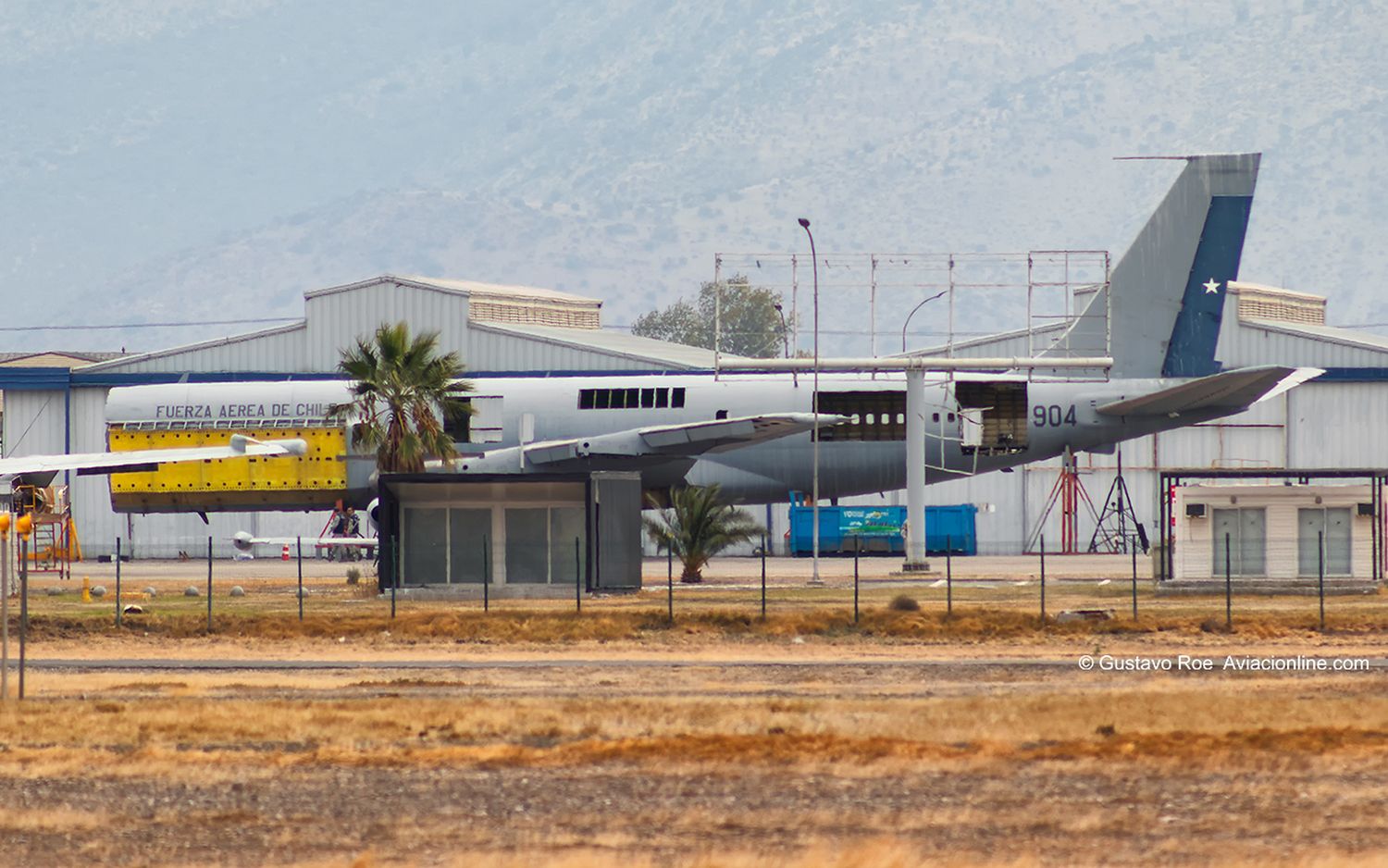
Comentarios
Para comentar, debés estar registrado
Por favor, iniciá sesión